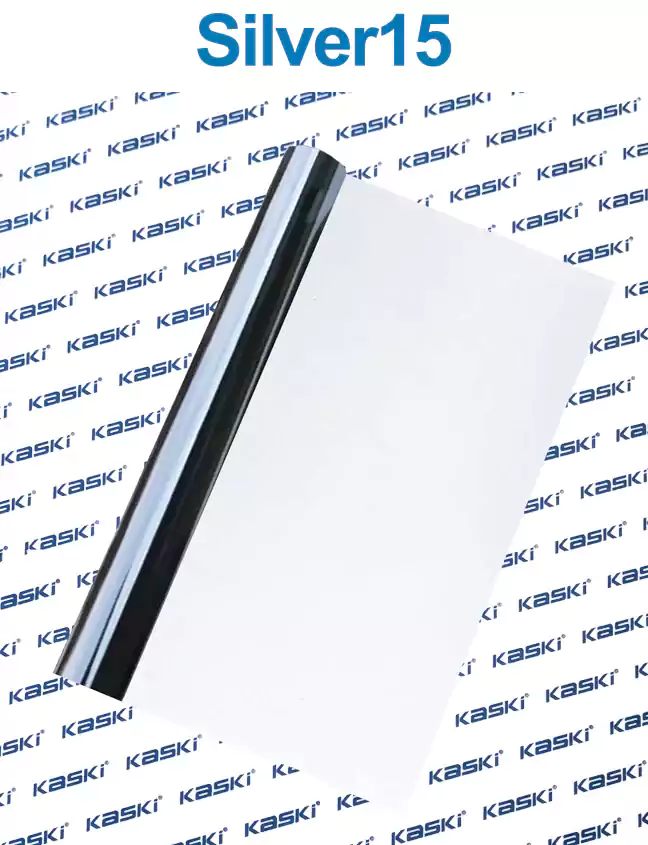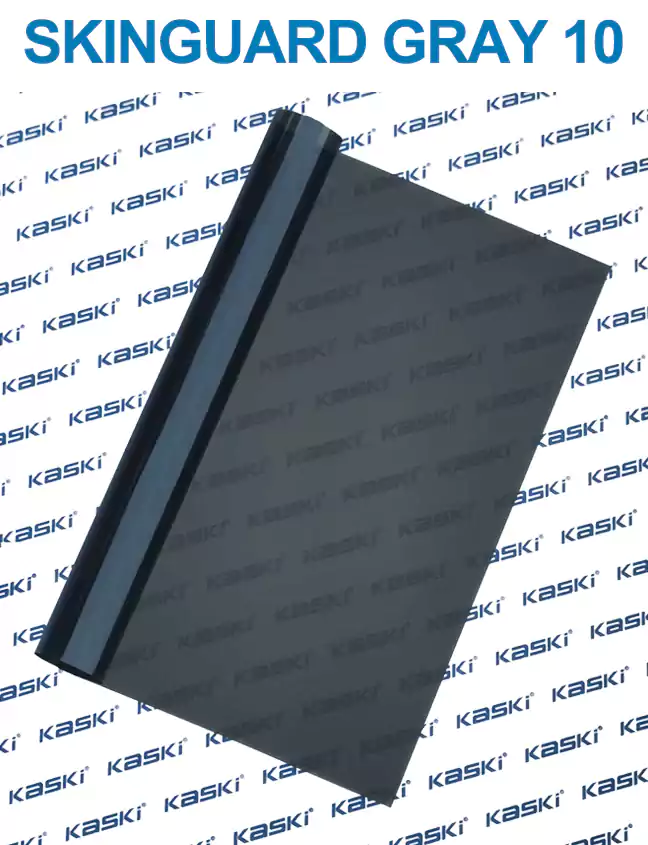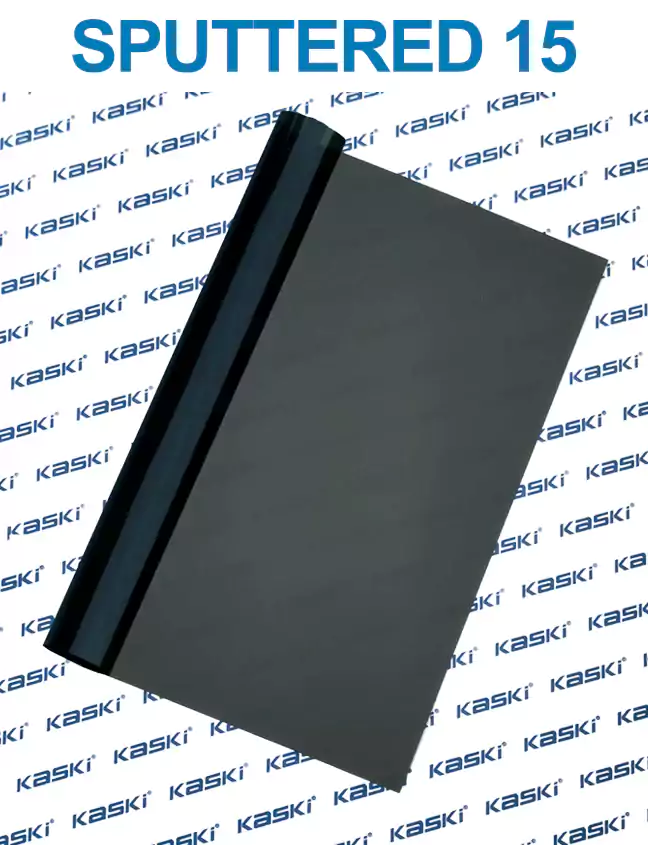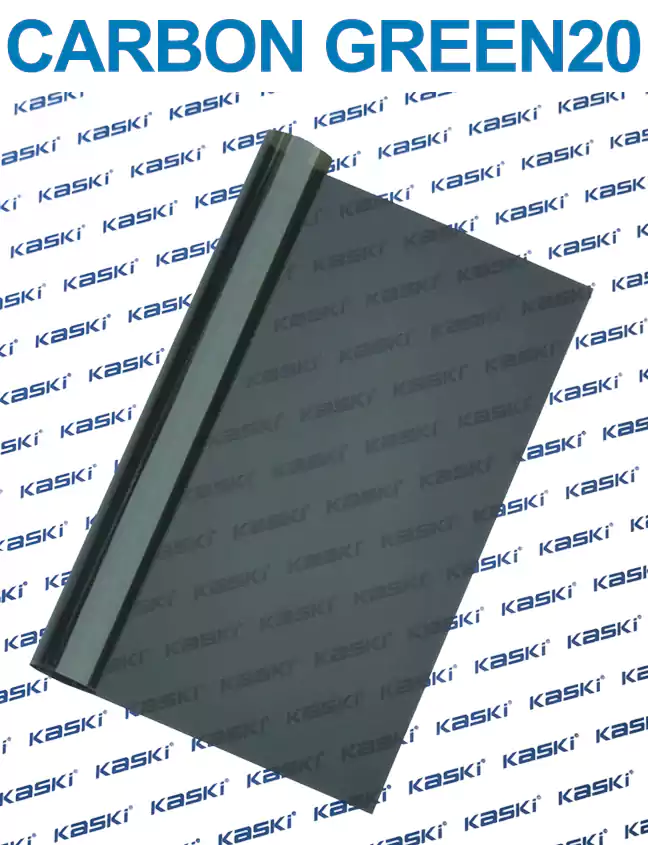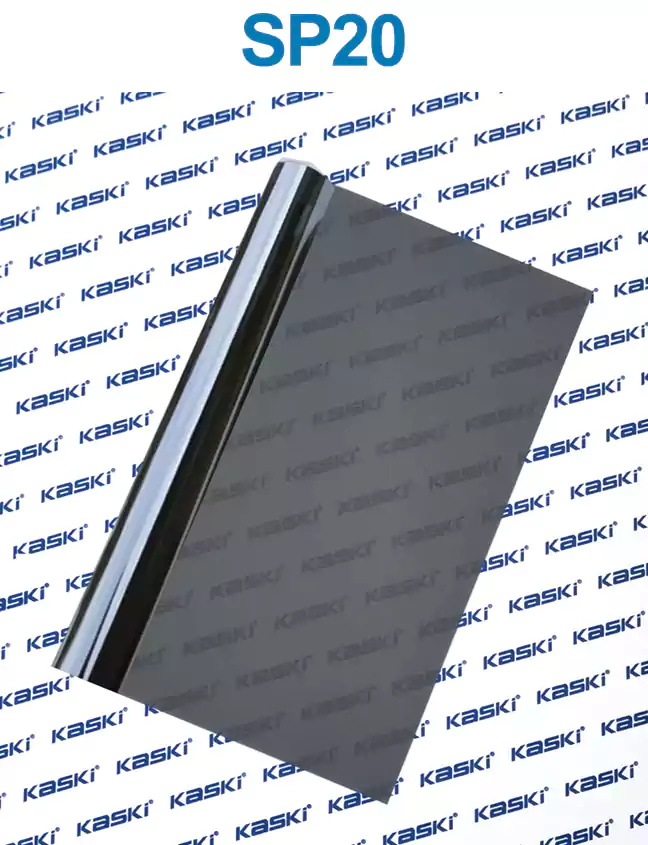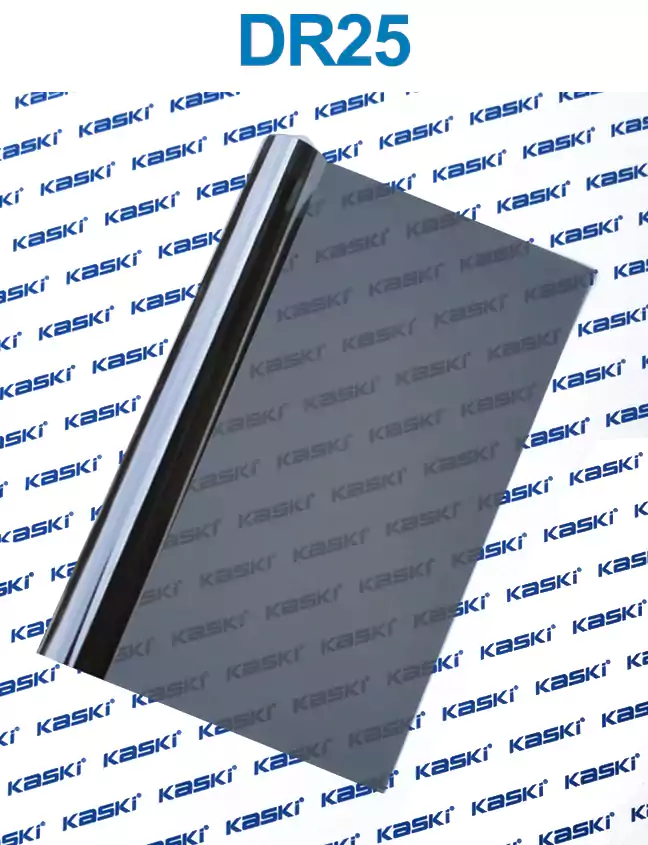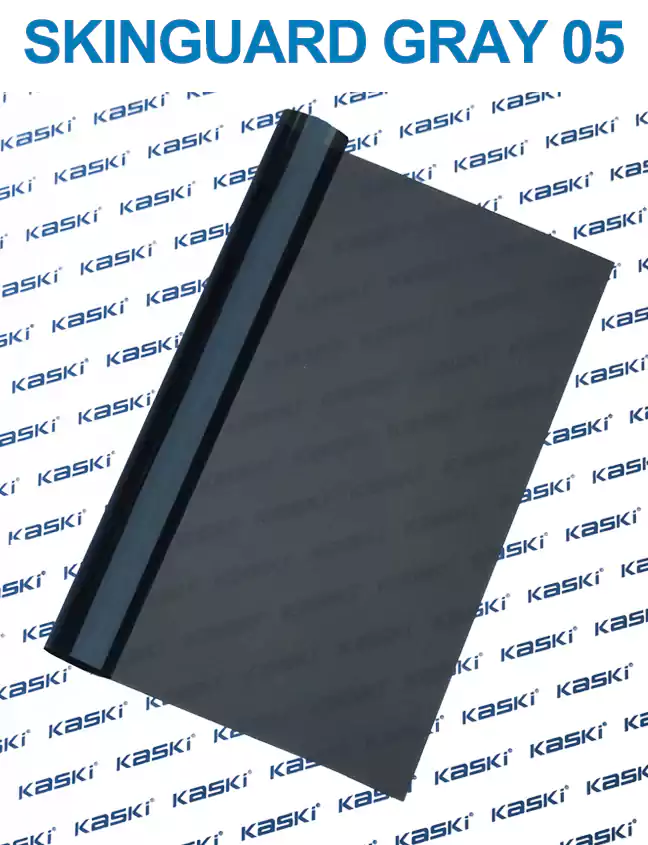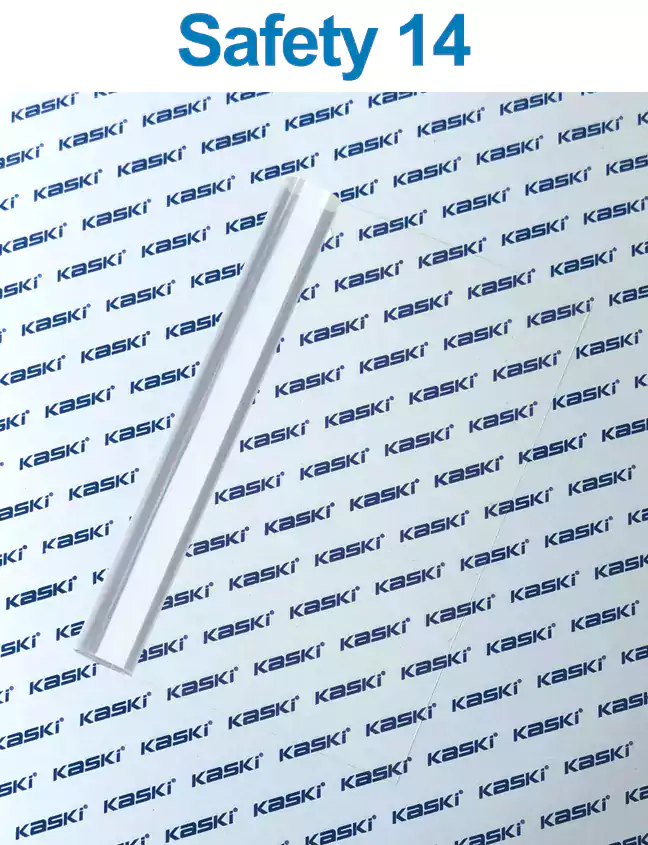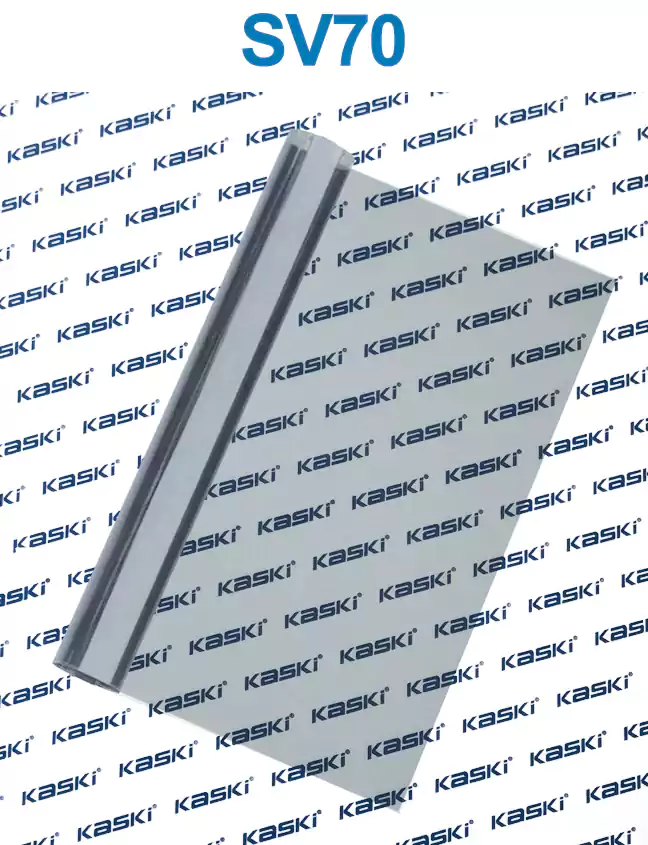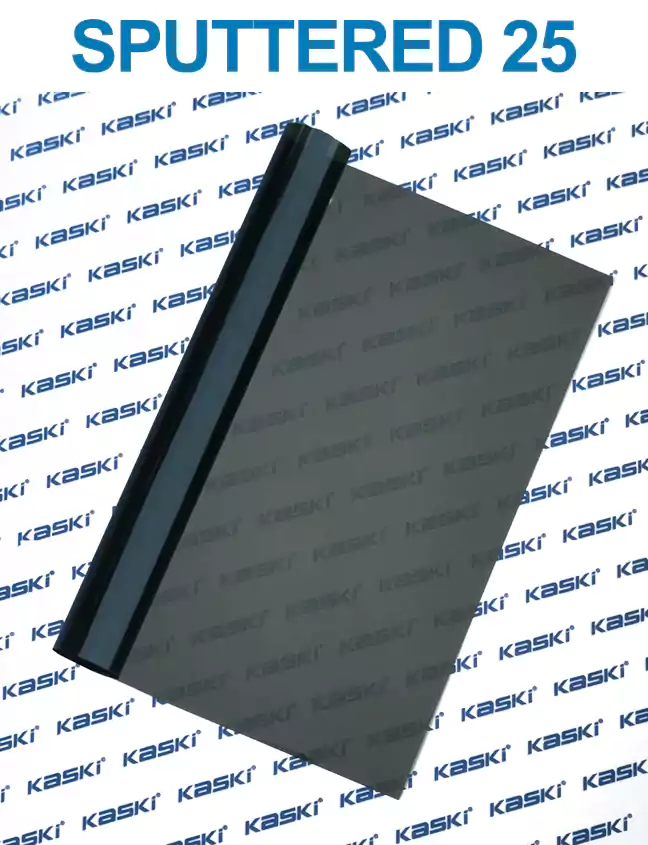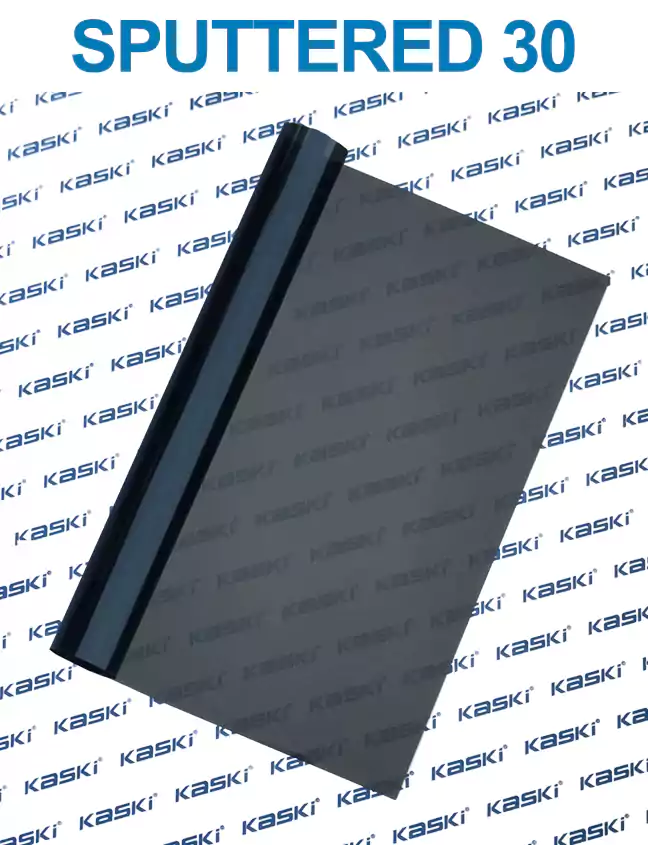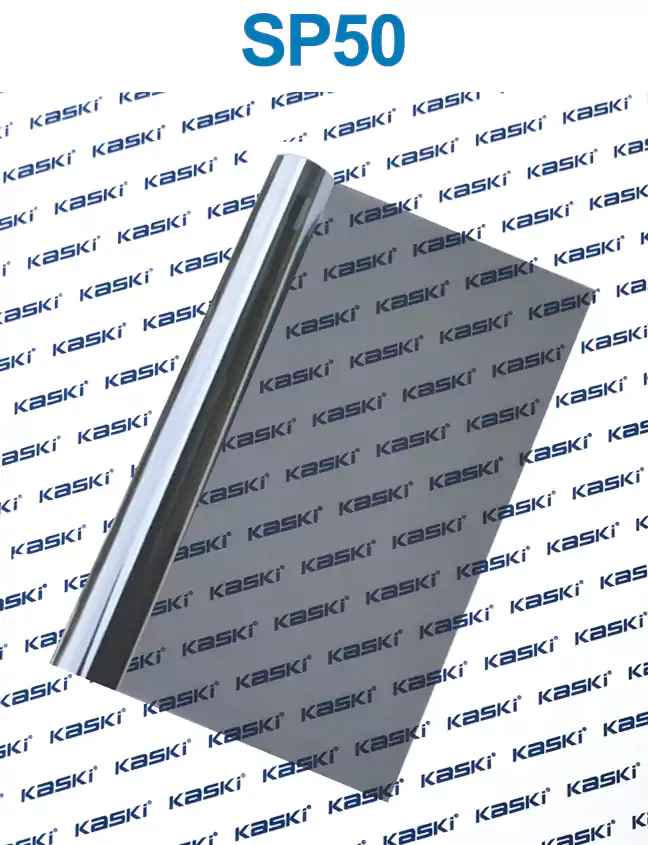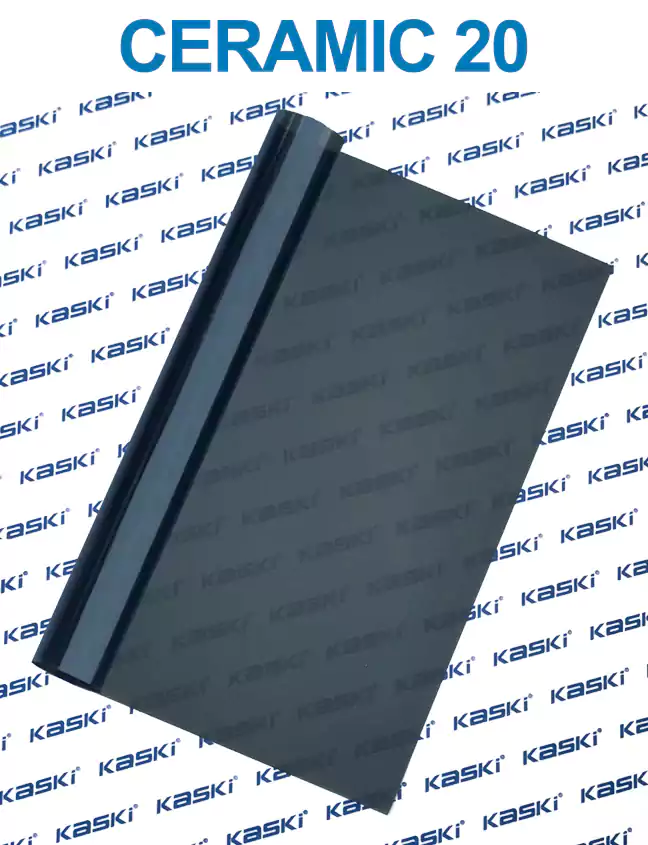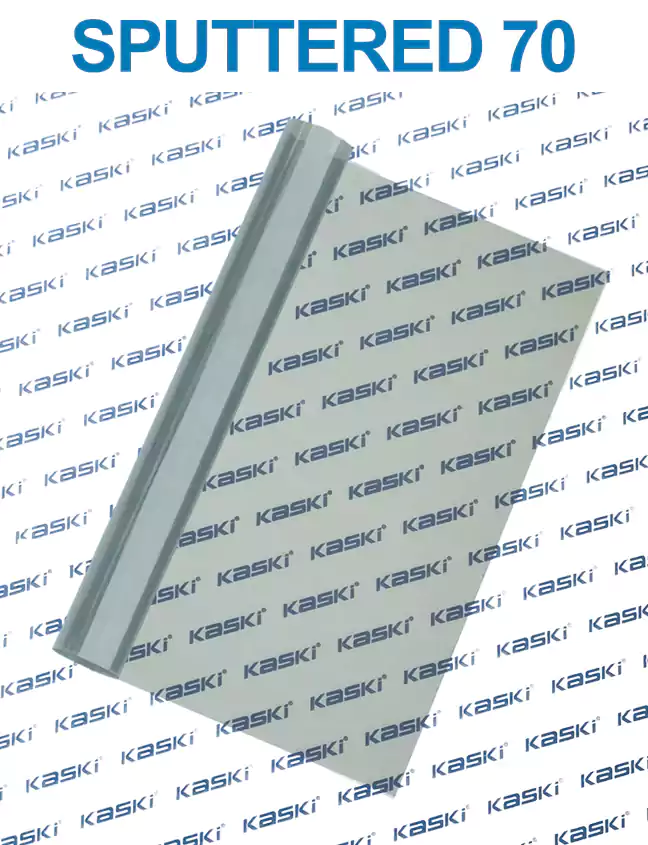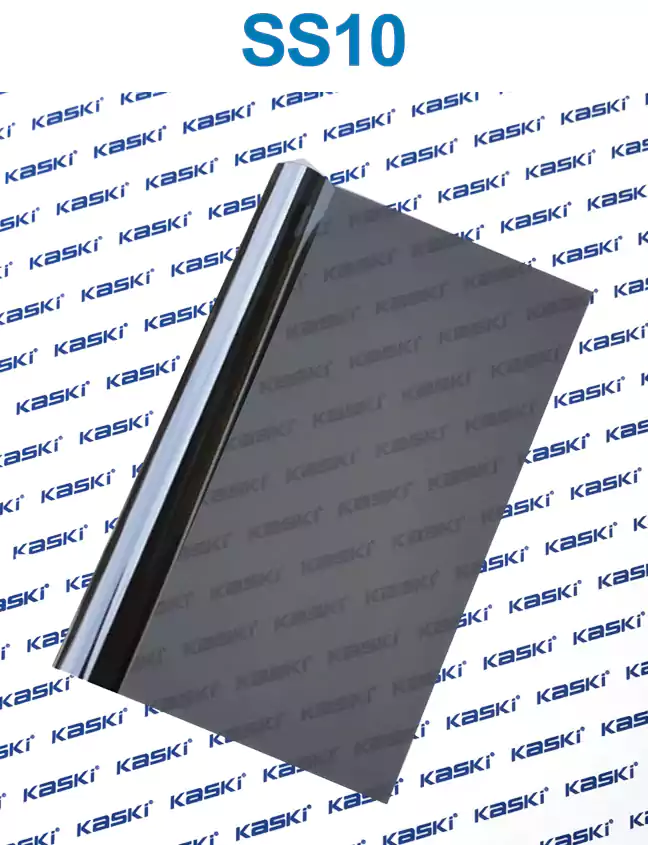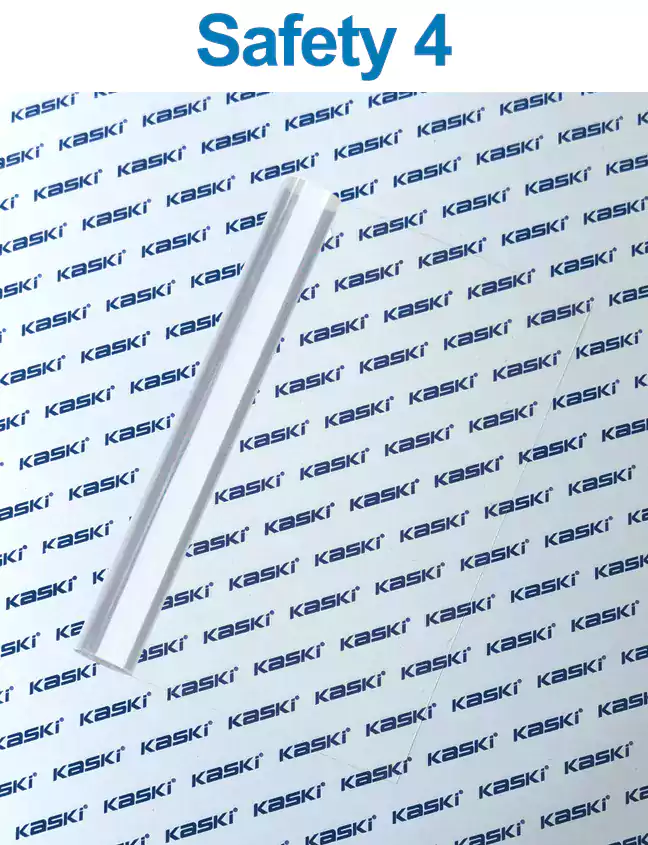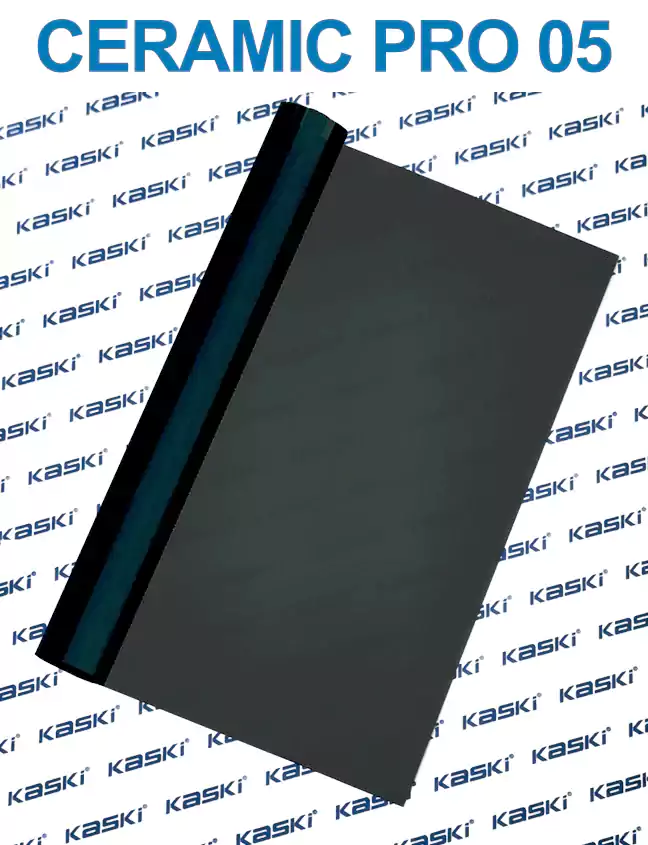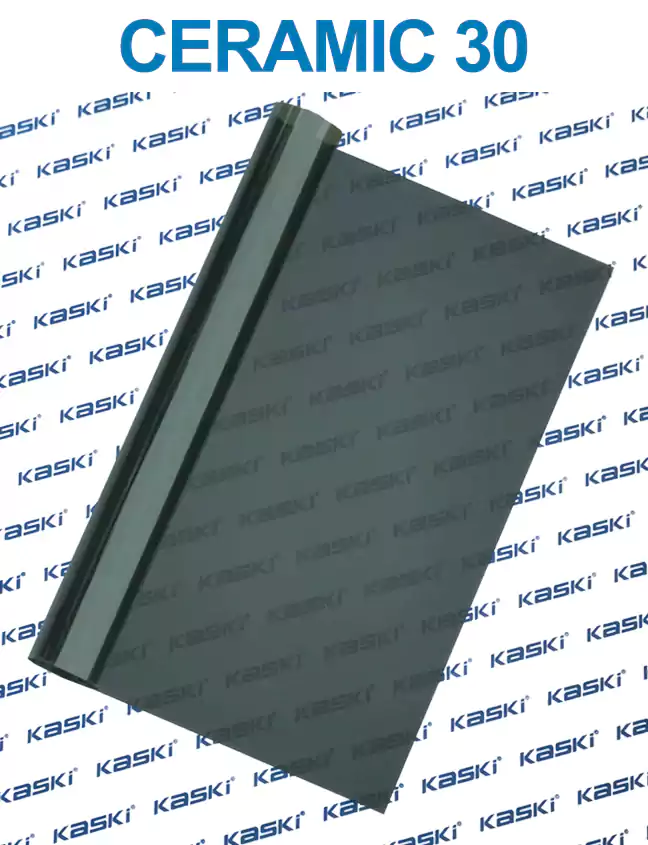Automotive window tinting is a popular and practical solution that offers a wide range of benefits for car owners. From improving energy efficiency to enhancing the overall aesthetic of your vehicle, this simple yet effective upgrade can transform your driving experience. In this comprehensive guide, we'll explore the principles, advantages, and step-by-step installation process of automotive window tinting.
The Principles of automotive window tinting
Window tinting works by applying a thin, specialized film to the interior side of your car's windows. This film is designed to block a significant portion of the sun's harmful UV rays, reduce glare, and regulate the temperature inside your vehicle. The tinting material is typically made from a combination of dyes, metals, and adhesives, each serving a specific purpose in enhancing your car's performance and comfort.
Advantages of heat control window film
1. Improved Energy Efficiency: By blocking the sun's heat, window tinting can significantly reduce the workload on your car's air conditioning system, leading to improved fuel efficiency and lower energy costs.
2. Enhanced Comfort: Tinted windows help maintain a more comfortable interior temperature, keeping you and your passengers cool and comfortable even on the hottest days.
3. Increased Privacy and Security: Tinted windows provide an added layer of privacy, making it more difficult for outsiders to see into your vehicle, which can deter potential break-ins and enhance your sense of security.
4. Protection for Interior Furnishings: The UV-blocking properties of window tinting help preserve the condition of your car's upholstery, dashboard, and other interior furnishings, preventing fading and premature wear.
5. Improved Aesthetics: Window tinting can enhance the overall appearance of your vehicle, giving it a sleek, sophisticated look that complements your personal style.
One Detailed Installation Case: A Honda Civic
To provide a real-world example, let's take a look at the window tinting installation process for a Honda Civic. For this particular vehicle, we used a high-quality tinting film that blocks up to 99% of harmful UV rays while still allowing natural light to pass through.
The installation process began with a thorough cleaning of the car's windows to ensure a seamless application. Our experienced technicians then carefully measured and cut the tinting film to fit the specific dimensions of the Civic's side windows, rear glass, and windscreen. The film was then applied with precision, ensuring a smooth, bubble-free finish.
The result was a dramatic transformation. The Civic's interior now stays cooler, reducing the need for excessive air conditioning and improving the overall driving experience. The tinted windows also provide an added layer of privacy and security, without compromising the vehicle's visibility or aesthetic appeal.
Testimonials from Satisfied Customers
"I couldn't be happier with the window tinting on my Honda Civic. It's made a noticeable difference in keeping the car cool and comfortable, even on the hottest summer days. The installation was quick and professional, and I love the way it looks." - Sarah, Civic owner
"As someone who spends a lot of time in my car, the window tinting has been a game-changer. It's reduced glare, blocked harmful UV rays, and made my commute much more enjoyable. I highly recommend this service to any car owner looking to enhance their driving experience." - Michael, Civic owner
In conclusion, automotive window tinting is a simple yet highly effective upgrade that can transform your driving experience. By understanding the principles, advantages, and installation process, you can make an informed decision and enjoy the many benefits that tinted windows have to offer. Whether you own a Honda Civic or any other make and model, investing in quality window tinting can be a smart and worthwhile decision.

